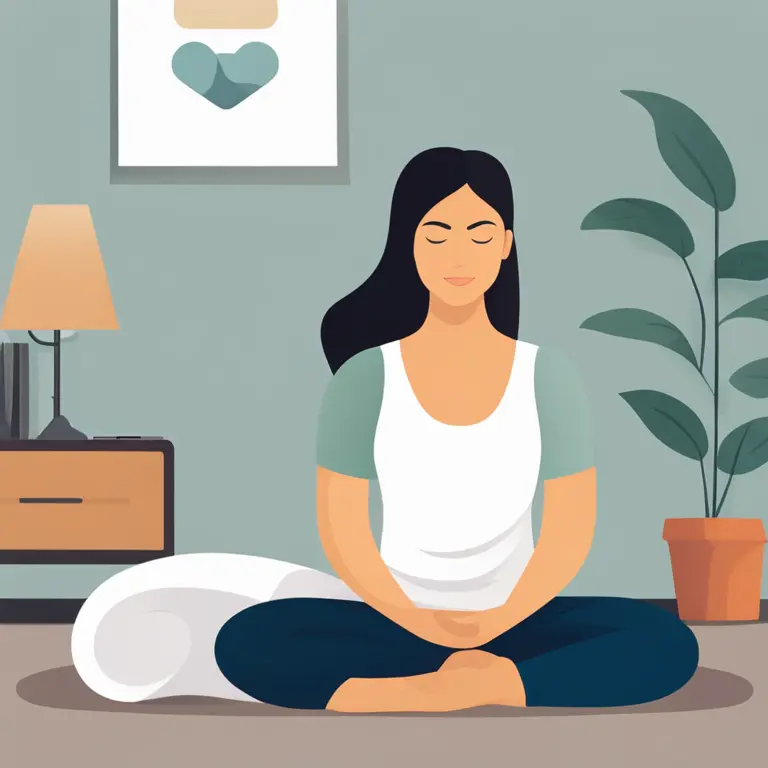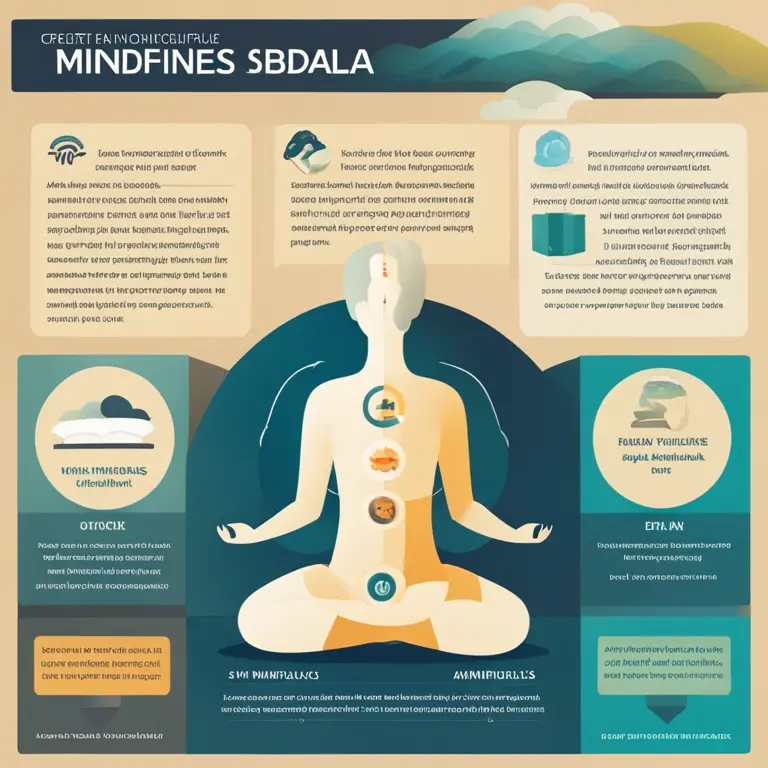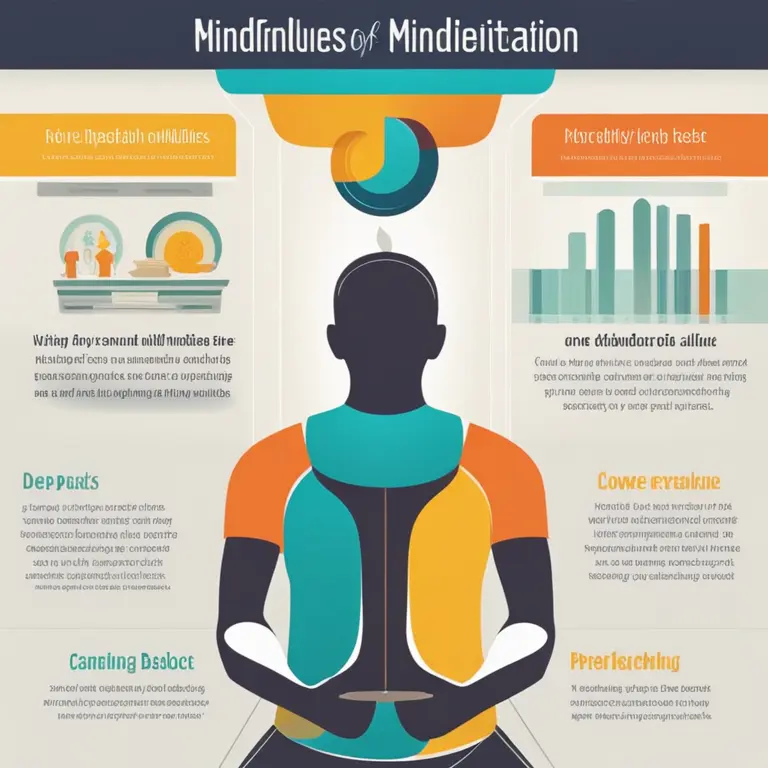
Mindfulness Meditation as a Remedy for Lower Back Pain
Discover how mindfulness meditation can be an effective tool for managing and alleviating lower back pain in daily life.
article by Hina Kurosawa
The Prevalence of Lower Back Pain
In today’s fast-paced world, lower back pain has become increasingly common, affecting individuals of all ages. The sedentary nature of modern life, coupled with the stressors of work and daily commitments, exacerbates physical tensions—especially in the lumbar region. Chiropractic treatments and physiotherapy are often sought solutions, but mindfulness meditation has emerged as a powerful, holistic approach. This article delves into the practice of mindfulness meditation and its benefits for those suffering from lower back pain.

Understanding Mindfulness Meditation
Mindfulness is a form of meditation that involves staying fully present and engaged in the now, without judgment. It entails observing one’s thoughts, feelings, and bodily sensations as they are, fostering a sense of awareness and acceptance. For individuals experiencing chronic pain, such as lower back pain, mindfulness meditation encourages a mental shift from resistance and frustration to a more accepting, observant stance that can change their relationship with pain.

Science Behind Mindfulness for Pain Relief
Empirical research continues to illuminate the benefits of mindfulness meditation. Studies suggest that regular practice can enhance an individual’s pain tolerance, alter pain perception, and decrease the stress and anxiety associated with chronic pain conditions. Importantly, in 2024, mindfulness meditation is recognized not as an alternative to medical treatment, but as a complementary practice that enhances overall well-being and pain management.

Starting with Mindfulness for Back Pain
Initiating a routine of mindfulness meditation for lower back pain relief is accessible to everyone. Begin with short sessions, just a few minutes a day, focusing on the breath or engaging in a body scan—paying close attention to sensations in each part of the body, including areas of tension or discomfort. Over time, with consistent practice, the duration of these sessions can be gradually increased, fostering a deeper level of mental and physical relaxation.

Creating a Mindful Routine
Consistency is key when integrating mindfulness into daily life. Establishing a regular time and place for meditation can anchor the practice, making it a reliable refuge for managing lower back pain. Additionally, weaving mindfulness into everyday activities—like walking, eating, or working—can help maintain a continuous state of awareness that supports pain management throughout the day.
Challenges and Considerations
Practicing mindfulness meditation is not without its challenges, especially when pain is persistent. It may occasionally seem that focusing attention on the pain through meditation can intensify discomfort. However, with persistence, individuals commonly report a softening of pain and an increased ability to manage it. As with any new endeavor, it is advised to be patient and gentle with oneself during this process. Consulting with healthcare professionals can also ensure that mindfulness practice is an appropriate adjunct to existing treatments.
Published: 1/18/2024
Modified: 1/18/2024
More predictions
Come back here soon to learn more about yourself and your future


Mindfulness Meditation As A Tool for Anxiety Relief
Discover how mindfulness meditation can be a powerful tool for anxiety relief, fostering a sense of peace and well-being through simple, guided practices.


The Connection Between Meditation & Mindfulness
Discover the relationship between meditation and mindfulness, and how these practices contribute to mental clarity and inner peace.


Mindful Teaching: Meditation Practices for Educators
Discover the benefits of mindfulness meditation for educators seeking balance, enhanced concentration, and emotional wellbeing in a demanding profession.